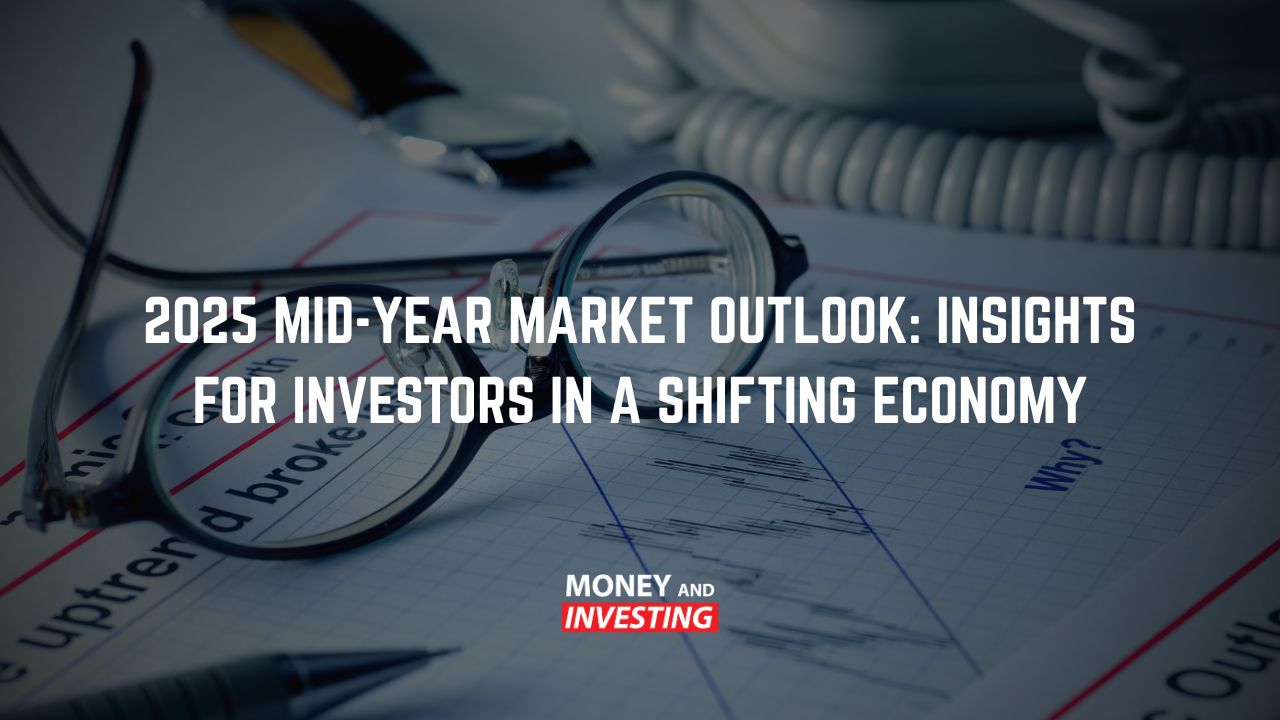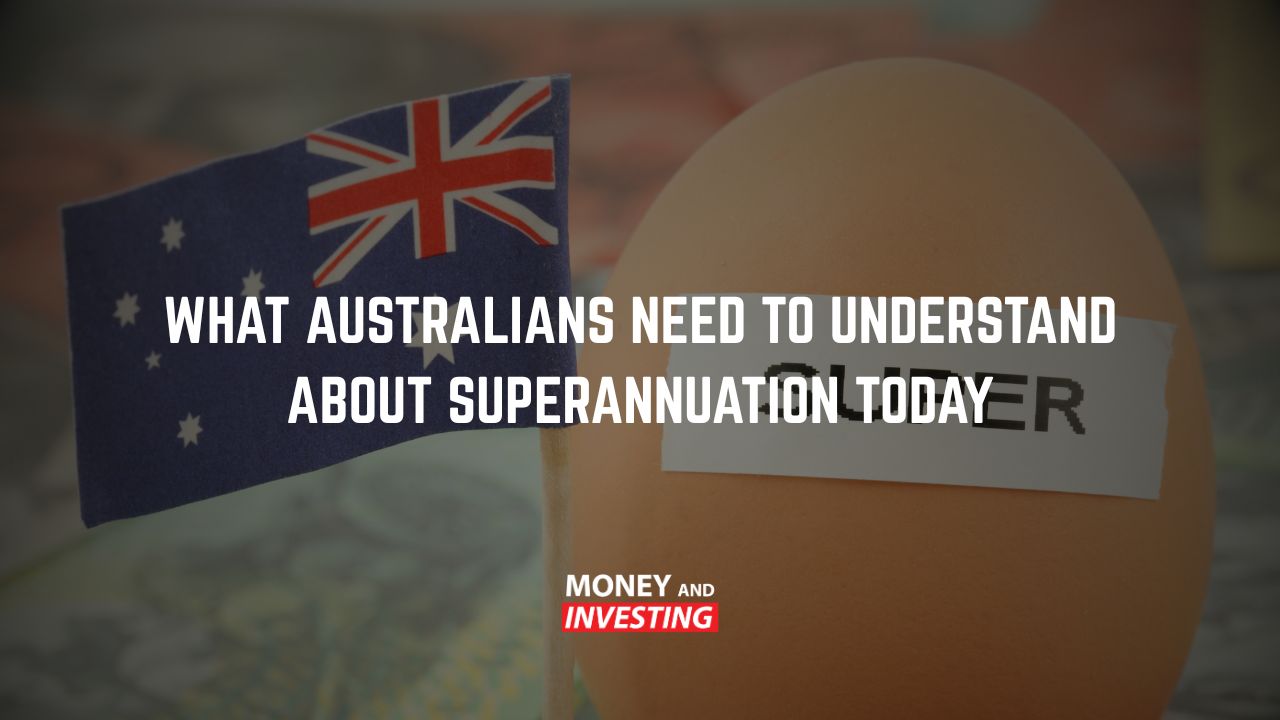Since Covid, inflation has been the centre of attention in the finance world. We hear about the numbers on the news or in the data reports, but what do they really mean? Join us this week as we try to clear up some of the mysteries around inflation:
Demand-Pull and Cost-Push
In basic terms there are two main types of inflation that we can see manifest in the real world. Host Andrew Baxter is an economist by qualification and explains that the two main types of inflation we see are either demand-pull or cost-push. Demand-pull entails when a substantial increase in the demand for something from consumers comes along while supply remains the same, inevitably, this leads to a price increase which in real terms is tantamount to inflation. Cost-push is the other driver we can see which is driven more by producers than consumers. When producers are paying more to produce something, they will often increase the price in order to cover the added costs of production. As you can see, both instances result in the price moving higher. Cost-push can be caused by a lot of things and a common one is the price of oil. Anything that needs to be transported around requires energy and prices for that generally stem from oil prices. As such, if oil prices are higher and fuel is more expensive, you can see producers passing these costs on to consumers.
Measures of Inflation
There are a number of different ways we measure inflation and different figures you’ll see that tell us something about current inflation. CPI, PCE, among a variety of other abbreviated terms can make it difficult to understand exactly what it is you’re looking at. Host Andrew Baxter however explains that CPI is the main one to keep an eye on for things like rental increases and even your uni debt being indexed, while it is also the measure many look to to get a feel for how inflation is tracking in the market. The question is however – how accurate is it? CPI is based on the price change in a standardized basket of goods and services. The contents of the general basket can actually be changed quite regularly so it’s not necessarily the most consistent indicator of inflation. It also does not account for increases in the quality of a product or service, accounting only for price and not for the true value of a good. Overall, it is a measure that is susceptible to statistical adjustment and potentially misinterpretation.
Public vs Private
Inflation behaves differently in the public and private sectors. In the private sectors, prices can change for purposes of competing in the market. Host Andrew Baxter explains that if you are the only option for a certain product or service in the market, you can more or less charge what you want. If you need to fight off new market entrants and retain your market share however, you will need to bring down your prices to continue to attract consumers. In the public sector however, it is a bit different as the public sector is not incentivised to improve efficiency because it does not rely upon generating revenue to survive but it relies upon tax revenue to keep it funded. The public sector is also largely responsible for some of the main drivers of inflation. For example, an increase in the supply of something with no real change in demand will generally bring its values lower, and the same concept is true for money. As such, when central banks print more money, they are inflating the currency as there is more money chasing after the same amount of goods and services. This has been rebranded however, commonly called “quantitative easing” when really it is as simple as inflating the currency.
The Effect of Inflation
Not everyone is affected by inflation to the same degree or in the same way. Host Andrew Baxter explains that of all people in an economy, lower and middle income earners are hit the hardest by inflation when prices go up. If wages and subsidies are not keeping up with inflation, everything else will become more expensive while you have less money to spend. Those with fixed interest investments like bonds for example, will also feel the pain as the fixed amount of money they are receiving on their investment remains stagnant while the value of that money is decreasing. Overall, there are very few benefactors when inflation is running rampant.



